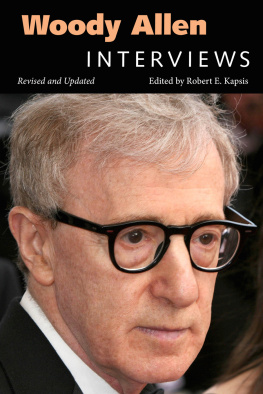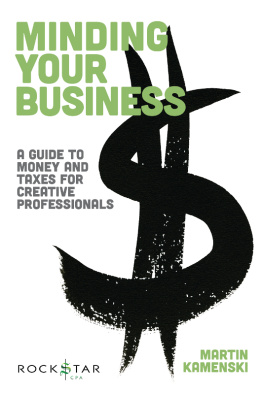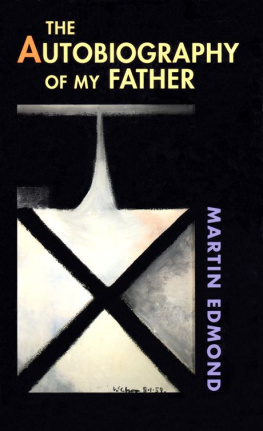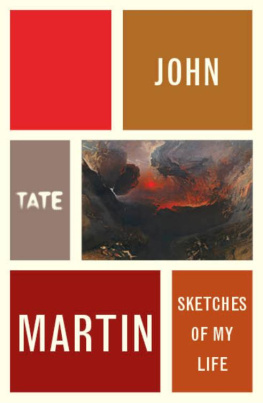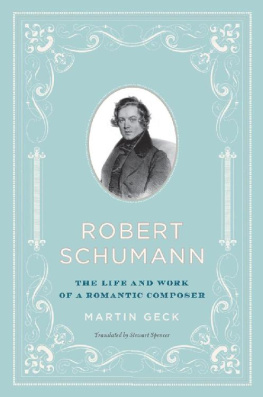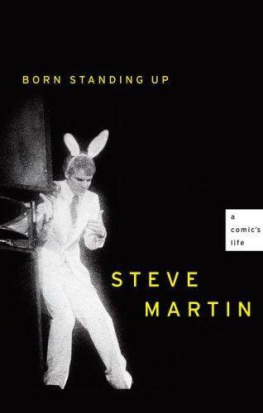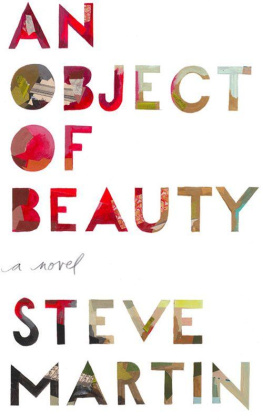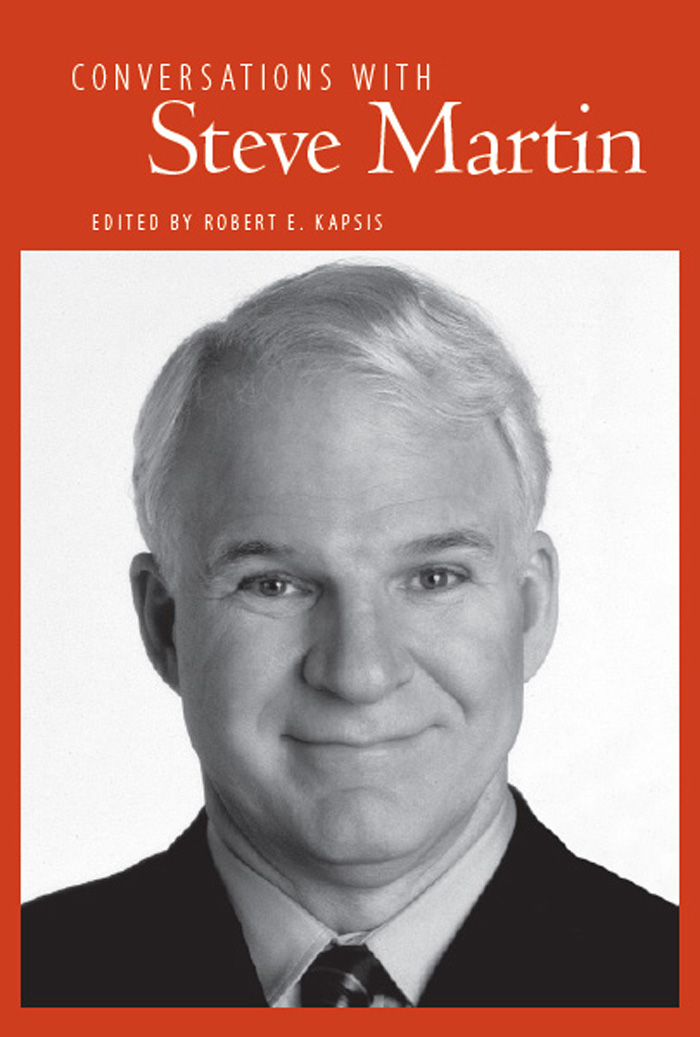Conversations with Steve Martin
Literary Conversations Series
Peggy Whitman Prenshaw
General Editor
Conversations
with Steve Martin
Edited by Robert E. Kapsis
University Press of Mississippi Jackson
www.upress.state.ms.us
The University Press of Mississippi is a member of the Association of American University Presses.
Copyright 2014 by University Press of Mississippi
All rights reserved
Manufactured in the United States of America
First printing 2014
Library of Congress Cataloging-in-Publication Data
Martin, Steve, 1945
Conversations with Steve Martin / edited by Robert E. Kapsis.
pages cm. (Literary conversation series)
Includes index.
ISBN 978-1-62846-113-8 (hardback) ISBN 978-1-62846-125-1 (paper) ISBN 978-1-62846-114-5 (ebook) 1. Martin, Steve, 1945 2. Authors, American20th centuryInterviews. 3. MusiciansUnited States20th centuryInterviews. I. Kapsis, Robert E., editor. II. Title.
PS3563.A7293Z46 2014
813.54dc23
British Library Cataloging-in-Publication Data available
Works by Steve Martin
Novels
Shopgirl. New York: Hyperion, 2000.
The Pleasure of My Company. New York: Hyperion, 2003.
An Object of Beauty. New York: Grand Central Publishing, 2010.
Plays
Picasso at the Lapin Agile and Other Plays [Picasso at the Lapin Agile, The Zig-Zag Woman, Patter for the Floating Lady, WASP]. New York: Grove Press, 1996.
The Underpants (adapted by Martin from a play by Carl Sternheim). New York: Hyperion, 2002.
Bright Star (musical with Edie Brickell), a work in progress.
Nonfiction
Cruel Shoes. New York: G. P. Putnams Sons, 1979.
Pure Drivel. New York: Hyperion, 1998.
Born Standing Up: A Comics Life. New York: Scribner, 2007.
The Ten, Make That Nine, Habits of Very Organized People. Make That Ten: The Tweets of Steve Martin. New York: Grand Central Publishing, 2012.
Childrens Books
The Alphabet from A to Y with Bonus Letter Z! (with Roz Chast, illustrator).
New York: Doubleday/Flying Dolphin Press, 2007.
Late for School (with C. F. Payne, illustrator). New York: Grand Central
Publishing, 2010.
Screenplays
The Absent-Minded Waiter, 1977.
The Jerk (coauthor), 1979.
Dead Men Dont Wear Plaid (coauthor), 1982.
The Man with Two Brains (coauthor), 1983.
Three Amigos (coauthor), 1986.
Roxanne, 1987.
L.A. Story, 1991.
A Simple Twist of Fate, 1994.
Bowfinger, 1999.
Shopgirl, 2005.
Traitor, 2008 (story by Steve Martin; screenplay by Jeffrey Nachmanoff).
The Pink Panther (coauthor), 2006.
The Pink Panther 2 (coauthor), 2009.
Collections
Modern Library Humor and Wit Series. New York: Modern Library (Introduction and Series Editor).
Eric Fischl: 1970-2007. New York: Monacelli Press, 2008 (Afterword).
Kindly Lent Their Owner: The Private Collection of Steve Martin. Las Vegas: Bellagio Gallery of Fine Art, 2001 (essays on art and collecting by Steve Martin)
Recordings
Lets Get Small, 1977
A Wild and Crazy Guy, 1978
Comedy Is Not Pretty!, 1979
The Steve Martin Brothers, 1981
The Crow: New Songs for the 5-String Banjo, 2009
Rare Bird Alert, 2011
Love Has Come for You (with Edie Brickell), 2013
TV Specials
Steve Martin: A Wild and Crazy Guy, 1978
All Commercials... A Steve Martin Special, 1980
Steve Martin: Comedy Is Not Pretty, 1980
Steve Martins Best Show Ever, 1981
The Winds of Whoopie, 1983
Standup Shows and Various TV Appearances
Steve Martin Live!, 1986, VHS
Saturday Night Live: The Best of Steve Martin, 1998, DVD
Steve Martin: The Television Stuff, 2012, DVD (3 discs)
Contents
Introduction
Im so mad at my mother, shes a hundred and two years old, and she called me the other day. She wanted to borrow ten dollars for some food! I said, Hey, I work for a living! (Martin, Live at the Troubadour, 1976)
Writers block is a fancy term made up by whiners so they can have an excuse to drink alcohol (Martin, Pure Drivel, 1998, pp. 78).
Conversations with Steve Martin is a collection of interviews and profiles that focus on Martin as a writer, artist, and original thinker over the course of more than four decades in show business. While those less familiar with his full body of work may think of Martin as primarily the funny man with an arrow through his head, this book makes the case that he is in fact one of our nations most accomplished and varied artists. It examines the full range of Martins creative work, tracing the source of his comic imagination from his early standup days (starting in the mid to late 1960s) through the films he has written and starred in, and including, especially, his more recent creative outpourings as playwright, essayist, novelist, memoirist, songwriter, composer, musician, and art critic.
Many of the interviews included in this volume originally appeared in widely known publications and venues such as the New York Times, the Washington Post, the Los Angeles Times, the New Yorker, Rolling Stone, Playboy, National Public Radio, and PBSs The Charlie Rose Show, although a number of smaller and lesser-known publications and venues are also represented. In selecting materials, I have also attempted to balance pieces focusing primarily on Martins writings with broader profiles and interviews that might help the reader to better understand Martins development as a writer within the broader context of his other accomplishments, talents, and performance skills.
In 1979, during the height of his popularity as a standup comic, Martin published Cruel Shoes, a book of short sketches and poems that made the New York Times best sellers list. In an interview appearing in the paper at the time, Martin reveals that before his breakout success, he had quietly published an earlier version of the book, which he characterized as a very private endeavor, not written with a mass audience in mind.... I just wanted to have a private little tome. He had taken the earlier manuscript to the director of a small press (The Press of the Pegacycle Lady) who also ran an antiquarian bookstore in the Los Angeles area, which Martin frequented. We only published 750 copies, says Martin. I gave away many to friends. I didnt care what happened to it. The interview ends with Martin declaring, I like to write. Its my best asset. I write 95% of my own material (Lawson, New York Times, 1979). In many of the interviews that make up this volume, Martin will remind the reader of this fact. Mainly I am a writer. I just am (Sheff, Playboy, 1993).
The Magic Years (19561965): Up until college, it was not writing that Martin was drawn to but rather an overall ambition to be in show business: I didnt care if I was going to be an actor or a magician or what. Comedy was a point of the least resistance, really. I loved comedy (Steve Martin and David Walliams in Conversation,


